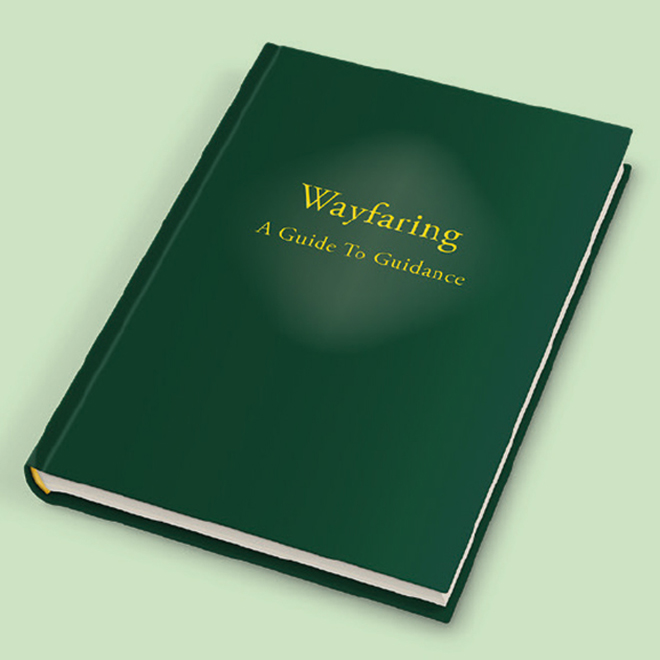Cleaning up after Kristallnacht. Photo: Dalbera / flickr CC
The missing chapter
Peter Kurer’s family escaped from Nazi Germany with the help of British Quakers. He tells his story to Ian Kirk-Smith.
‘If anyone was in any doubt what the Nazis were about, and what they represented, then ‘Kristallnacht’ should have opened their eyes. Not one country in the world showed the slightest interest.’ There is anger, and a trace of despair, in Peter Kurer’s voice. On Kristallnacht, the ‘Night of Broken Glass’, in November 1938, Jewish homes and shops all over Nazi Europe were attacked. Around 1,668 synagogues in were ransacked and 267 set on fire. In Vienna alone 95 were destroyed.
